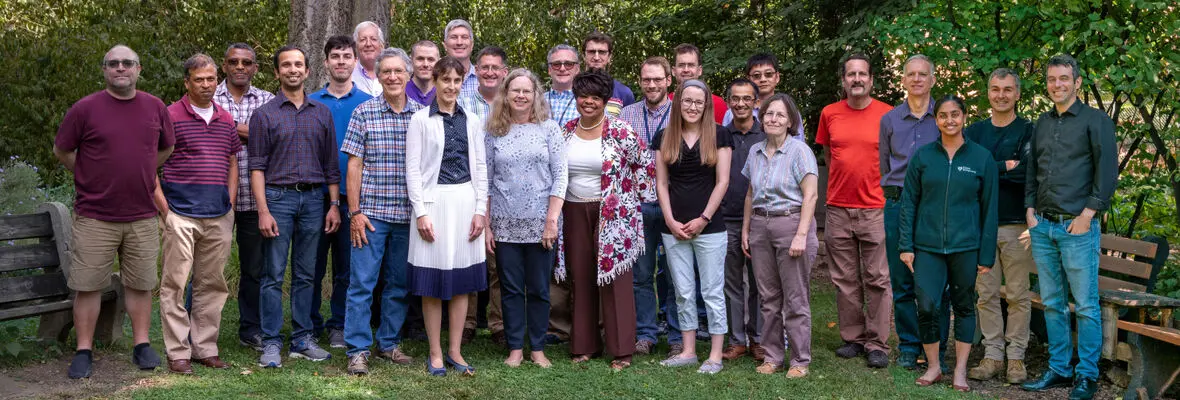Overview
Penn has a long history of development of nuclear medicine instrumentation dating back to the pioneering work of David Kuhl in the 1970s. Gerd Muehllehner came to Penn in 1979 to create a new program in PET instrumentation leading to the development of volume imaging scanners with three-dimensional acquisition and reconstruction methods that eventually translated to industry. The Nuclear Medicine Physics and Instrumentation Research Group strives to continue this tradition in an environment that encourages the development of new technology and the collaboration between basic scientists and clinicians to evaluate new instruments and optimize their use for new applications in both clinical and pre-clinical (animal) imaging situations. Most recently, faculty has focused on the development of time-of-flight technology, which increases the signal-to-noise of reconstructed images for whole-body studies, and the development of a system with a long axial field-of-view for imaging the whole-body simultaneously. The faculty also conducts research on SPECT imaging with an emphasis on applications to small animal and cardiac imaging.


